Also known as Red Flowering Currant, Pink Winter Currant, or Flowering Currant, this deciduous shrub belongs to the Grossulariaceae family and is native to regions stretching from British Columbia to Northern California. A member of the sanguineum species, it has a woody life cycle and is valued as both an ornamental and an edible plant.
This rounded, bushy shrub thrives in full sun, producing clusters of pinkish-red to pale-pink flowers from spring to summer. The vibrant blooms are a magnet for hummingbirds, bees, and butterflies, enhancing its appeal to pollinator-friendly gardens. By mid-summer, the plant bears blue-black berries that attract various wildlife, making it a wonderful addition to gardens that aim to support local ecosystems.
| Common name | Blood Currant, Flowering Currant, Pink-flowered Currant, Pink Winter Currant, Redflower Currant, Red Flowering Currant |
| Botanical name | Ribes sanguineum |
| Family | Grossulariaceae |
| Species | sanguineum |
| Origin | British Columbia to Northern California. |
| Life cycle | Woody |
| Plant type | Edible |
| Hardiness zone | 6, 7, 8 |
| Sunlight | Full Sun |
| Maintenance | Low |
| Soil condition | Clay |
| Soil ph | Acid |
| Drainage | Well-Drained |
| Growth rate | Fast |
| Spacing | 6 – ft. – 12 ft. |
| Harvest time | Summer |
| Flowering period | Spring |
| Height | 5 ft. – 12 ft. |
| Flower color | Pink |
| Leaf color | Green |
| Fruit color | Black |
| Stem color | Green |
| Fruit type | Berry |
| Fruit benefit | Edible |
| Leaf benefit | Fragrant |
| Flower benefit | Long Bloom Season |
| Garden style | Cottage Garden |
| Uses | Naturalized Area |
I. Appearance and Characteristics
Ribes sanguineum, the flowering currant, redflower currant, red-flowering currant, or red currant is a North American species of flowering plant in the family Grossulariaceae, native to the western United States and Canada.
It is a deciduous shrub growing to 3 metres (10 feet) tall and broad. It is naturally multi-stemmed with an upright-arching to rounded habit, although it can be grown in tree form.
The bark is dark brownish-grey with prominent paler brown lenticels.
The leaves are of alternate arrangement, simple, 2–7 centimetres (1–3 inches) long and broad, palmately lobed with five lobes. When young in spring, they have a strong resinous scent.
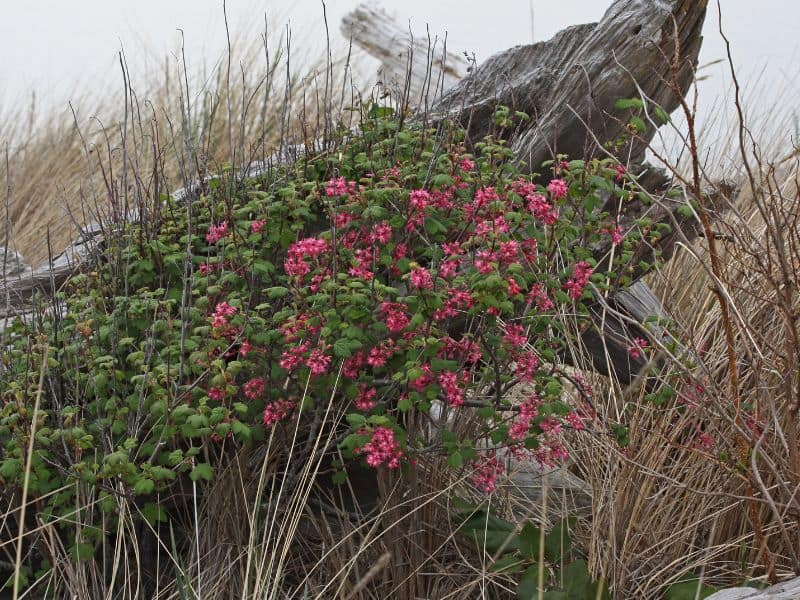
The flowers are produced in early spring at the same time as the leaves emerge, on dangling racemes 3–7 cm (1–3 in) long of 5–30 flowers; each flower is 5–10 millimetres (1⁄4–3⁄8 in) in diameter, with five red or pink petals.
The fruit is a dark purple oval berry about 1 cm (3⁄8 in) long, edible but with an insipid taste.
The early spring nectar of red-flowering currant is used by hummingbirds as well as butterflies, which along with moths browse the leaves in their larval stage. Deer and elk occasionally browse the leaves, and the berries are consumed by birds and small mammals. Its branches provide nesting habitat for birds.
The species is a host to white pine blister rust, which led to eradication efforts in the early to mid 20th century. From the 1920s the genus Ribes was federally restricted within the United States until the ban was lifted in 1966 due to increased resistance among both Ribes and Western white pine populations.
Red-flowering currant is shade tolerant but prefers sunny sites. It tolerates drought well, but prefers cool and moist conditions.
II. How to Grow and Care
Sunlight
Red flowering currant prefers a spot with ample sunlight. It is better to position it where it will receive a full day or at least half a day of sunlight, or this will affect the blooming of red flowering currant and can cause excessive growth of leaves and a reduction in the fruit yield.
Additionally, a lack of sun can lead to berries of poor quality or with little flavor. Therefore, plants should not be planted too close to each other, so they can receive ample exposure to the sun. If the weather gets very hot, you can set up shading nets to block strong sunlight, which will prevent the plants from getting sunburn.
Watering
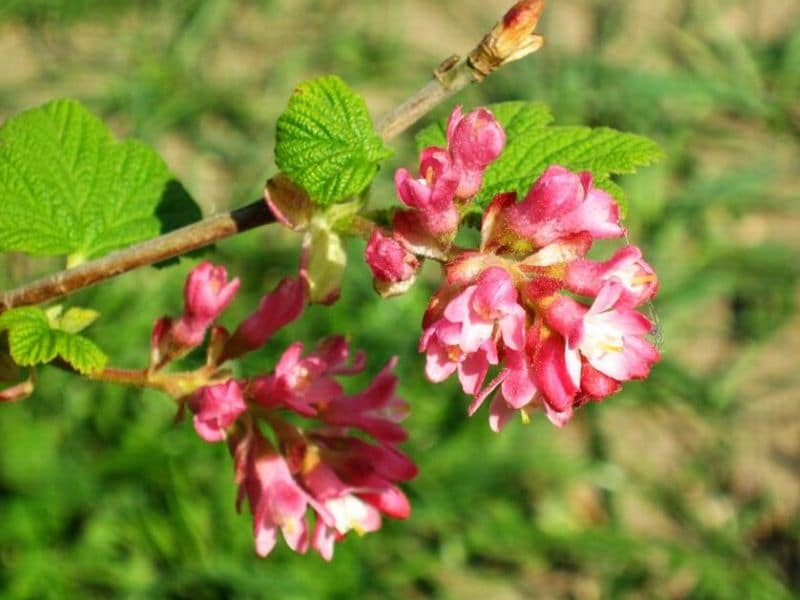
Originating from the western coastal regions of North America, red flowering currant thrives in environments that mimic its native habitat’s moist conditions. It exhibits a preference for consistent moisture but is adaptable to periods of lower water availability, striking a balance between hydration needs and drought resilience. Watering should be adjusted to once every 1-2 weeks, ensuring soil moisture without over-saturation.
As red flowering currant is predominantly an outdoor plant, it benefits from natural rainfall patterns which complement its growth cycle and reduce the need for supplemental watering during wet seasons.
Soil
Red-flowering currants are adaptable to most soils, provided they’re well-draining. It’s not a plant that likes soggy feet. This is the perfect shrub to pick for dry, rocky spots, and it can handle slightly acidic soil pH levels well.
Fertilizing
For robust growth and prolific blooms, red flowering currant thrives on balanced, slow-release fertilizers applied in early spring at the onset of the growing season. Monthly feeding should continue until late summer. Use a 10-10-10 formula at the manufacturer’s recommended strength, not exceeding 1 tablespoon per plant to avoid over-fertilization. The deliberate timing of fertilizer application coincides with red flowering currant’s active growth and flowering cycles, bolstering plant vigor and bloom quality.
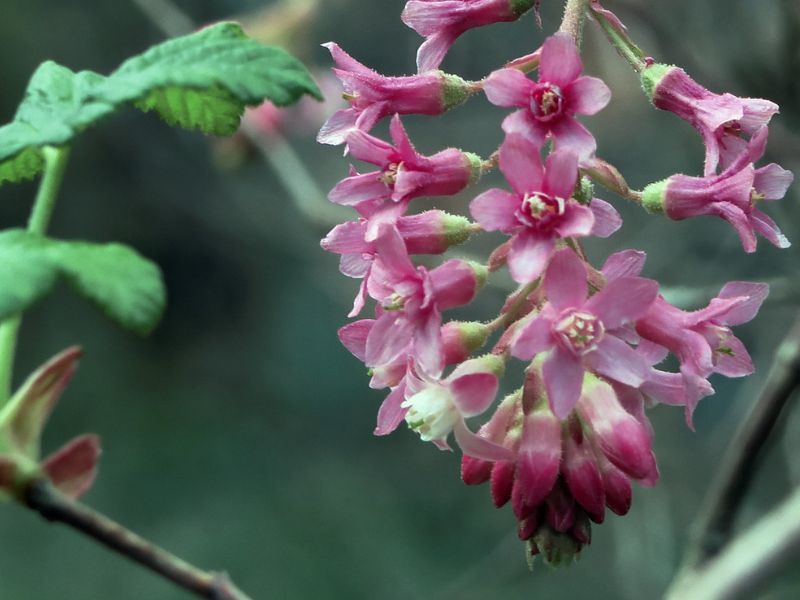
Cease fertilization by fall to prevent new growth susceptible to frost. Always water red flowering currant thoroughly post-application to distribute nutrients and prevent root burn. Gardeners should don gloves and avoid inhaling granules to ensure safe practice.
Pruning
Red flowering currant should be pruned twice a year, in winter and summer. Pruning helps to maintain healthy growth, so the plants will produce higher quality fruit. Also, if you see any drooping twigs, weakened branches, crowded stems, or branches that are diseased, you should prune them promptly.
When pruning in the winter, leave only 4-5 strong basal shoots, leaving each shoot with 4-5 buds. In the fourth year after the seedlings were planted, there will be approximately 16-20 healthy branches. At this time, cut off 4-5 weak branches, or any branches that have the poor fruit-bearing capability, from the base. At the same time, select 4-5 new branches to replace the ones that were pruned.
Summer pruning should usually be carried out once the flowers have withered. At this time, cut off any newly sprouting branches and short twigs, so that the central parts of the plant can receive more sunlight. Removing any excess twigs can also make it easier to pick the fruit. Note that any branches which have blossomed should not be pruned since they will bear fruit.
Propagation
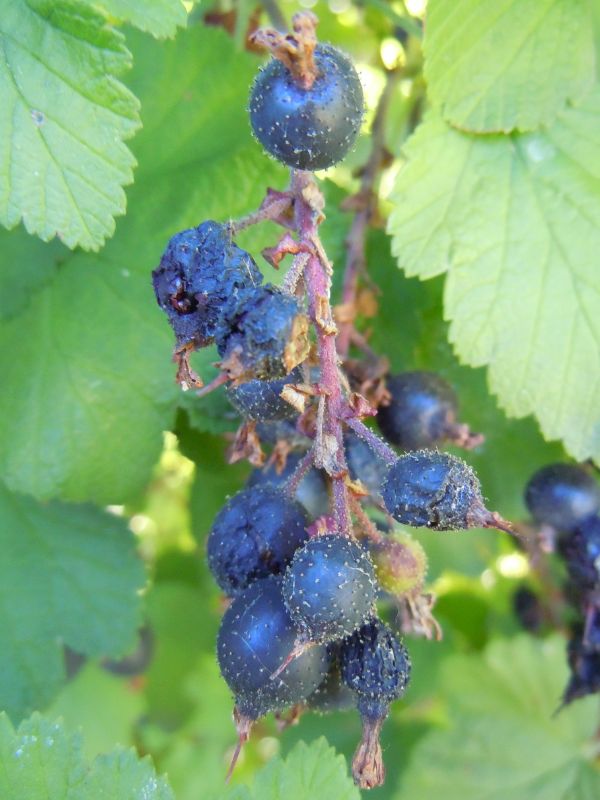
If you want to add to your informal hedge of shrubs, it’s possible to propagate these plants from stem cuttings.
Take softwood cuttings in late spring or early summer from the current season’s soft new growth. Take hardwood cuttings when the shrub is dormant in late fall or winter.
Here’s how to propagate your red-flowering currant from softwood cuttings:
- Use sterile shears to take a 4-inch cutting from a branch with this season’s flexible new growth.
- Remove the lower leaves, keeping just a couple at the top of the stem.
- Dip in a rooting hormone, if you have it, to encourage the cutting to take root.
- Fill a starter pot with a sterile, well-draining growing medium and embed the cutting into the medium up to just below the leaves.
- Covering loosely with a plastic bag is an optional step to help retain moisture around the foliage and soil. Alternatively, regularly mist to keep evenly moist.
- Position in a spot where the cutting will receive bright but indirect light.
- Dampen the soil when it feels dry. While these shrubs are drought tolerant once established, the growing medium for cuttings should remain moist but not soggy.
- Once new roots are well formed and substantial new green growth appears, transfer your cutting to a permanent position. This can take several weeks.
For hardwood cuttings, take a longer cutting—of around 8 inches—from a thicker mature wood stem, just below a bud. Follow the same steps as you would for a softwood cutting. It can take several months for hardwood cuttings to take root.
How to Grow From Seed
Red-flowering currants readily self-sow in the right conditions. If you discover new plants growing, you can transplant these to a preferred position or gift them to friends, family, or neighbors.
If you want to try collecting the seeds to grow red-flowering currants from them, follow the steps below:
- Collect the seeds once the berries are ripe (typically late summer).
- Get rid of the pulp and leave them to dry in a dark, cool, non-humid spot.
- Once dry, direct sow in the fall or try stratifying to aid germination and plant in early spring.
- For stratification, keep them between 32 and 36 degrees Fahrenheit for one to three months.
- After sowing the seeds, keep the soil evenly moist to aid germination. If you expect a cold snap, it might be best to sow in a cold frame.
Pests and Diseases
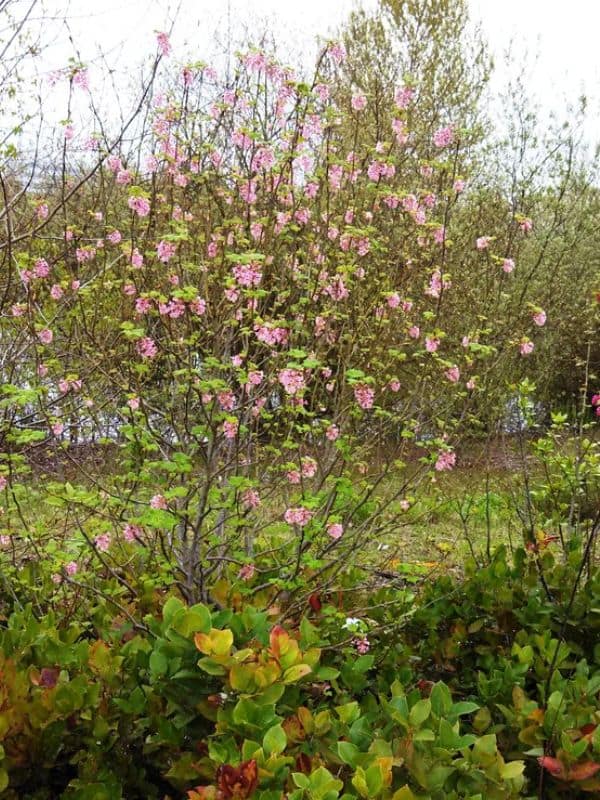
One of the bonuses of the red-flowering currant is that it isn’t bothered by too many pests or diseases. However, it isn’t a foolproof shrub. The species is susceptible to aphids and the currant fruit fly (Euphranta canadensis), although, with vigilance, you can get them under control without too much difficulty. It’s also host to white pine blister rust.
III. Uses and Benefits
- Ornamental uses
Red flowering currant is a popular garden shrub, especially in the United Kingdom. Common in cottage-style gardens, both its foliage and flowers are highly decorative. It is often found in fruit and vegetable gardens, but can also be a lovely addition to a wildlife garden because it attracts birds. Recommended companion plants are ocean spray, vine maples, and western sword fern.
- Culinary uses
Both indigenous and non-indigenous people use the berries for food, eating them fresh or dried or making them into jams, pies, juice, or syrup. The flowers can be used to infuse beverages, especially spirits.
IV. Harvesting and Storage
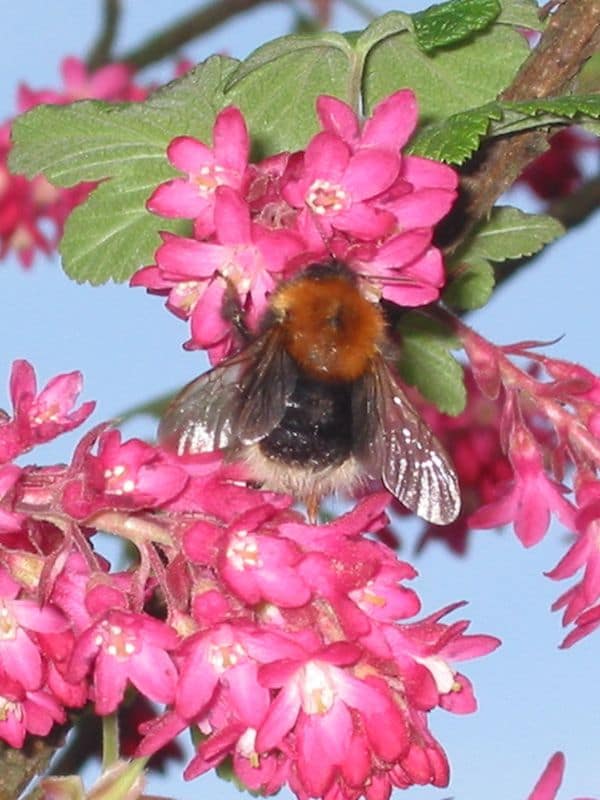
Red flowering currant will generally produce fruit 2-3 years after being planted. The fully ripe berries are heavy, dark-colored, and high in sugar. They can be eaten immediately or used to make wine. If grown in the garden, fruiting branches can be pruned to provide space for the growth of new branches.
V. Types
There are various red-flowering currant cultivars and hybrids to choose from. Some of the most popular include:
- Ribes sanguineum ‘Kind Edward VII’: Has a compact, upright habit that reaches up to 6.5 feet tall and features deep red blooms.
- Ribes sanguineum ‘White Icicle’: Features early-blooming, cascading clusters of white flowers on a compact shrub that grows up to 6 feet tall.
- Ribes sanguineum ‘Brocklebankii’: The pale pink flowers on this slower-growing, compact cultivar are the star of the show, but it also features pretty golden foliage. Grows to about 5 feet tall.
Find Where to Buy the Best Flowering Currant (Ribes sanguineum)





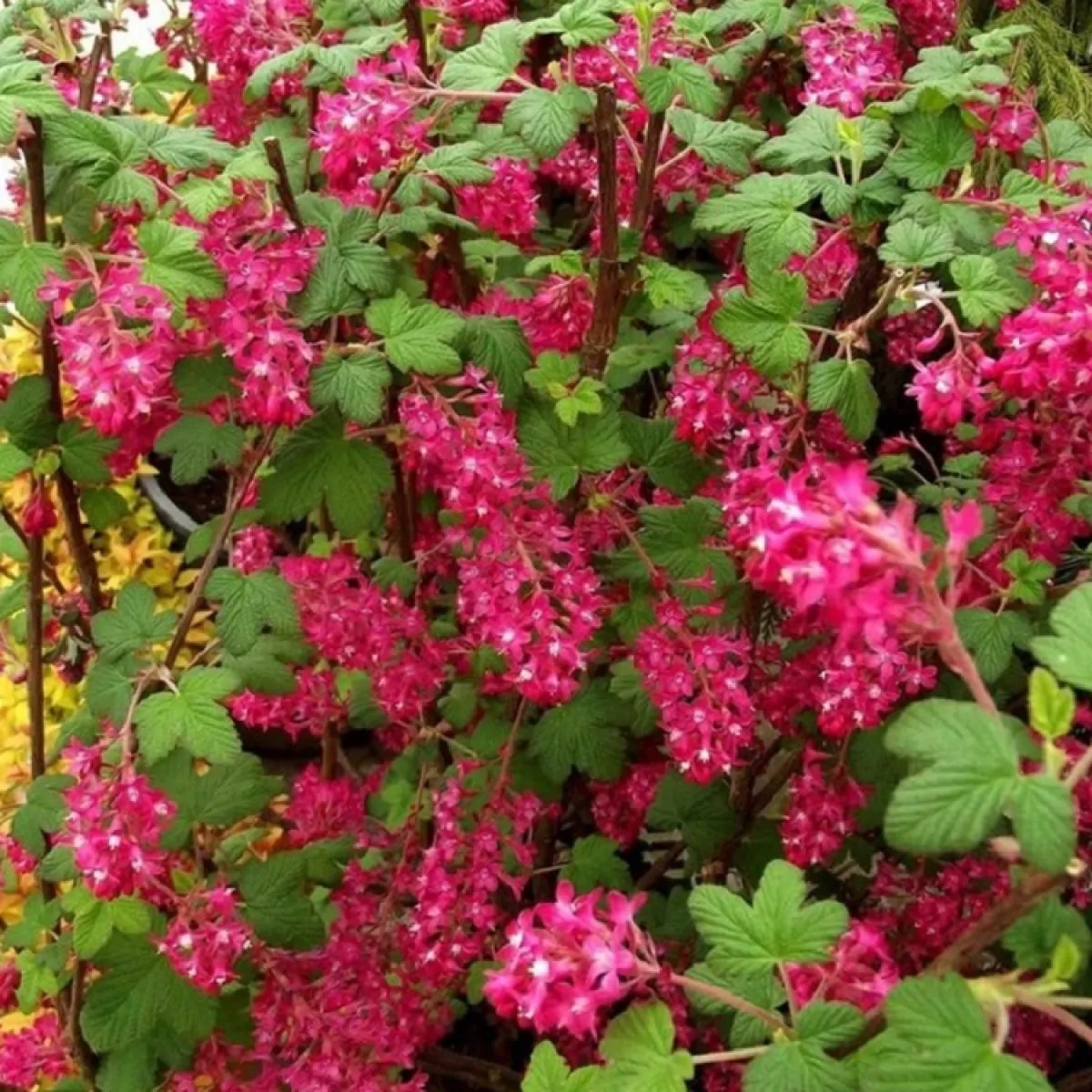



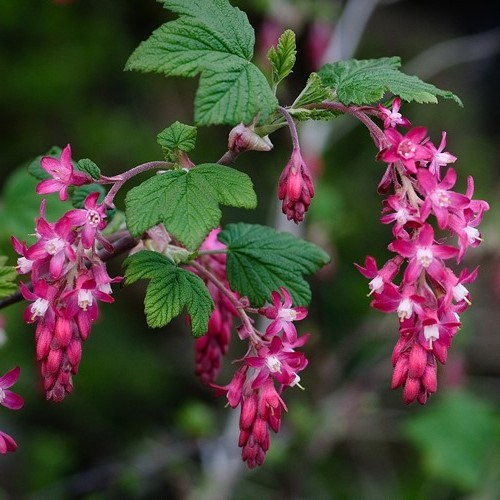
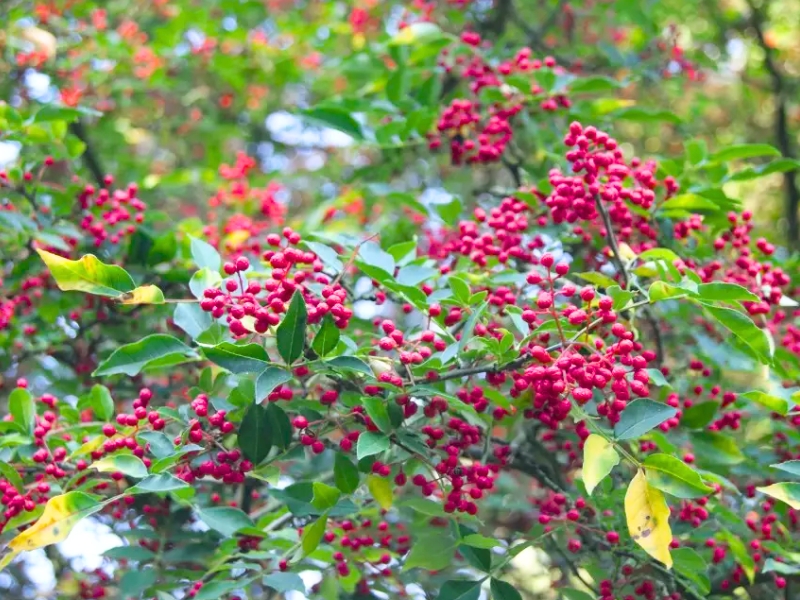
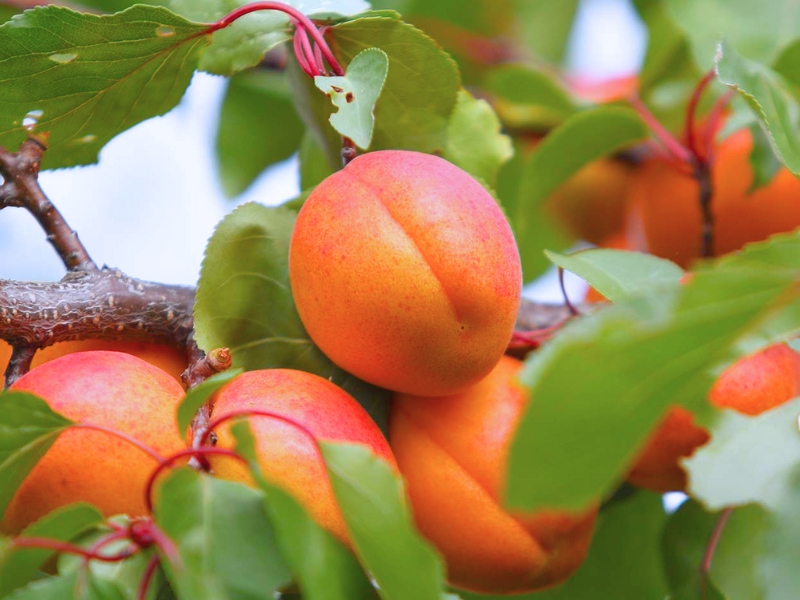
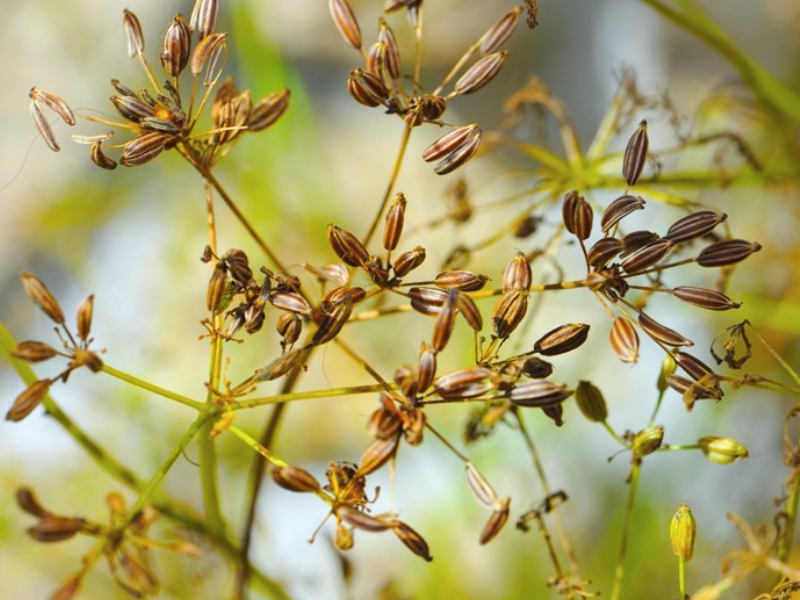
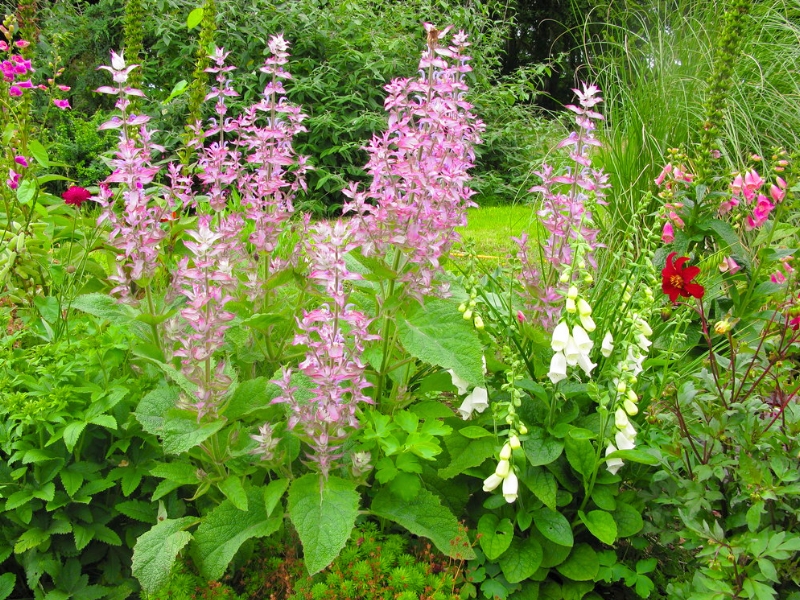
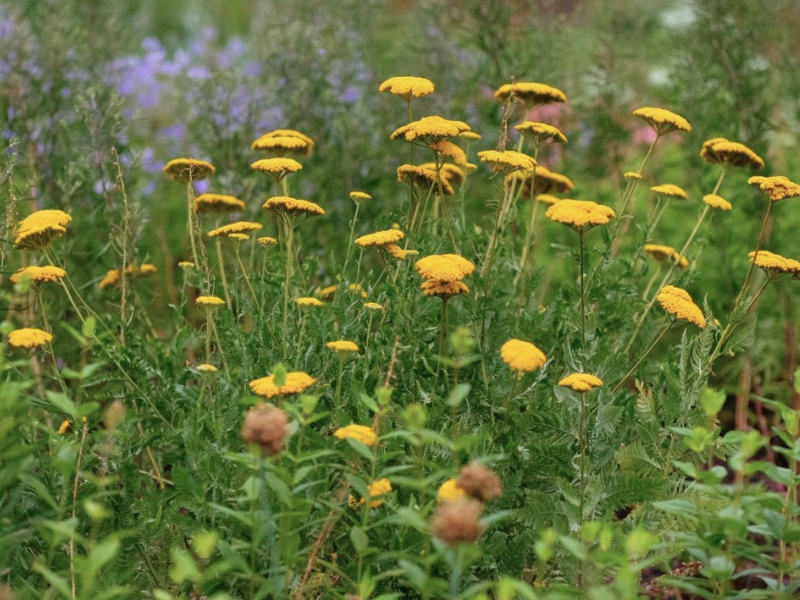
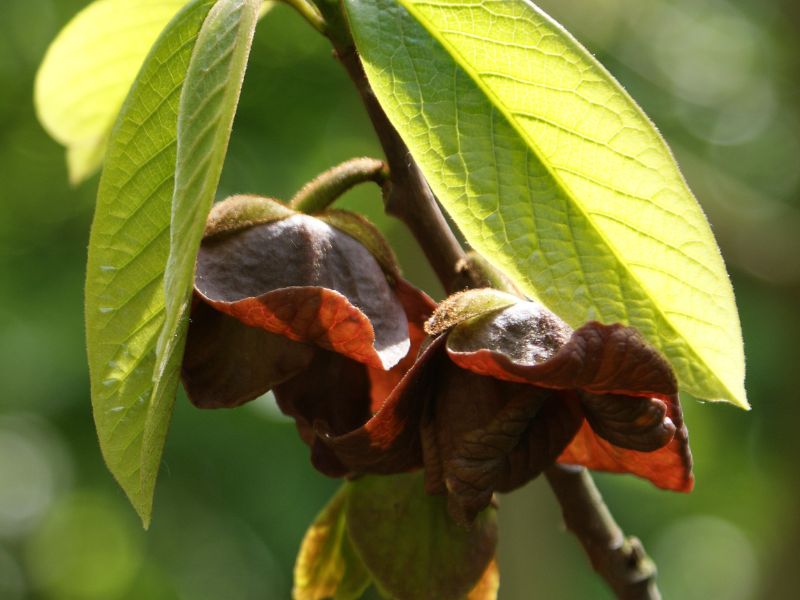
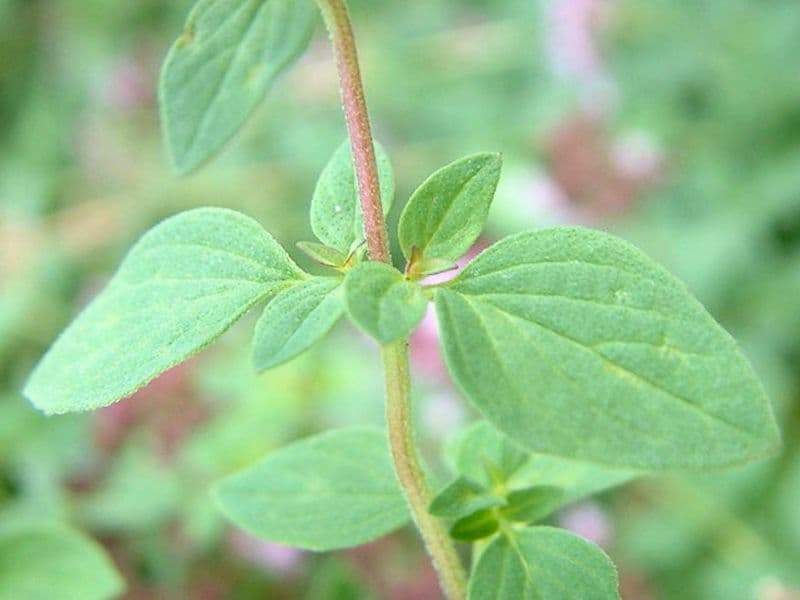
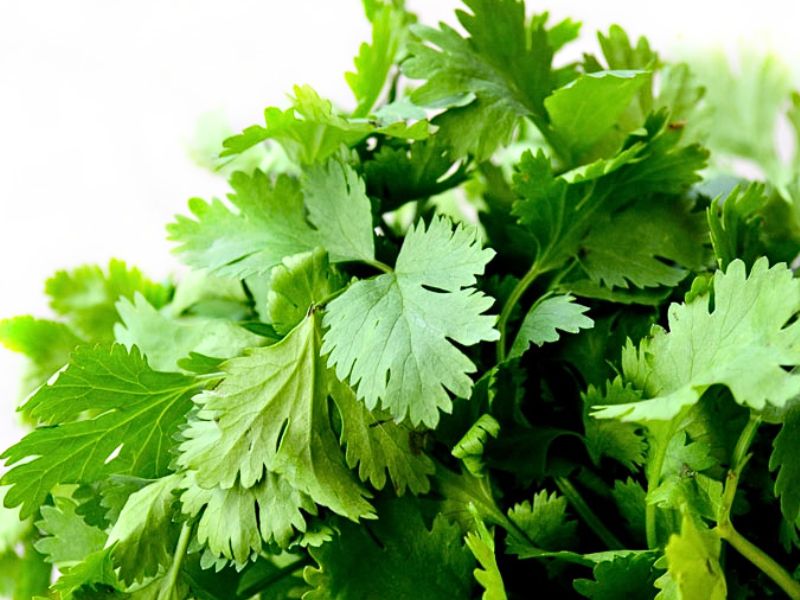
Leave a Reply